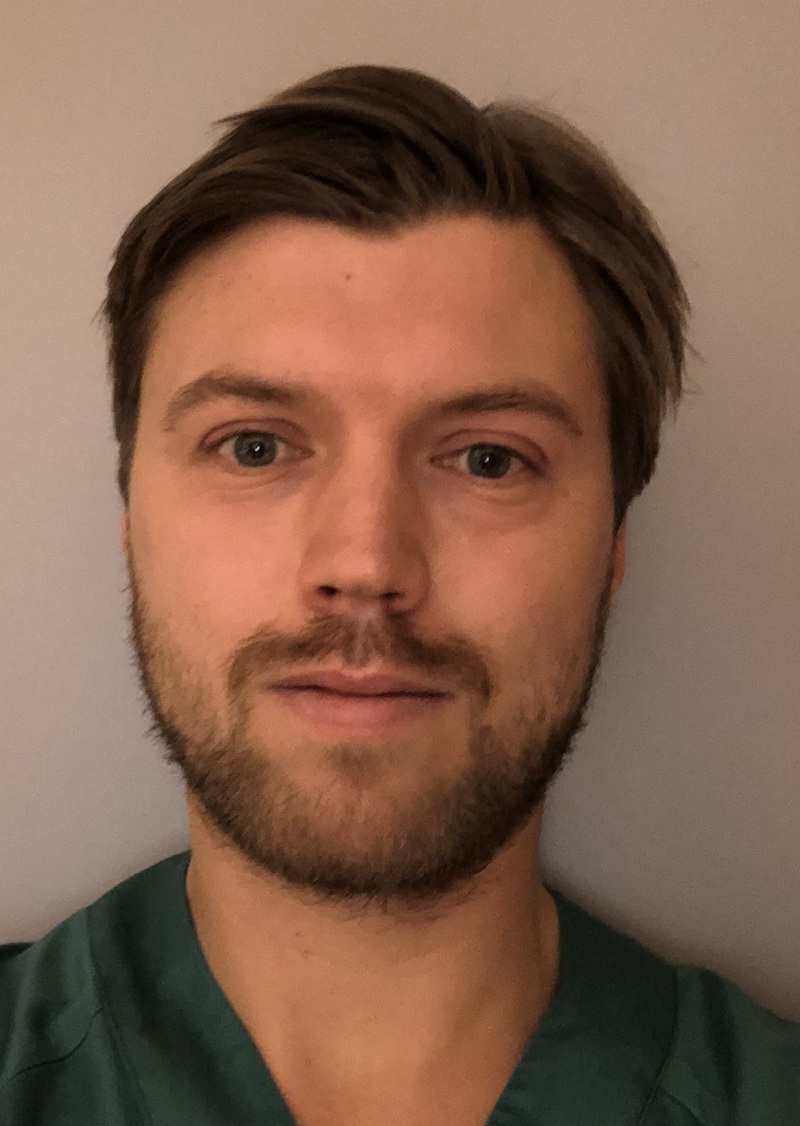
Magnus Høgevold
- Orthopedic surgeon, Diakonhjemmet hospital; PhD student
PhD Project: Complications Following Proximal Femur Fractures
The project aims to investigate the most common complications after surgery for proximal femur fractures—implant failure and infection. The goal is to improve complication prevention and provide better management strategies for these common but serious postoperative issues.
Project Overview:
This project aims to:
- Investigate the causes of lateral wall fractures in pertrochanteric fractures to identify high-risk patients preoperatively.
- Evaluate a new angle-stable implant developed for femoral neck fractures in comparison to traditional internal fixation—assessed through both clinical and radiological outcomes.
- Study patients who developed prosthetic joint infections after treatment of femoral neck fractures to identify risk factors and optimal treatment methods.
Study Designs:
- Study 1: A biomechanical cadaver study to assess the significance of calcar support and lateral wall thickness in pertrochanteric fracture stability. This will be the first such study to examine both medial and lateral stability's contributions to overall fracture stability.
- Study 2: A randomized controlled trial (RCT) comparing traditional treatment of undisplaced femoral neck fractures (two screws) with a new three-screw implant fixed in an angle-stable plate. Outcomes will be measured through clinical follow-up and radiostereometric analysis (RSA) to evaluate both healing and implant stability.
- Study 3: A retrospective study on infected hemiarthroplasties using data from Diakonhjemmet Hospital’s internal hip fracture registry (2007–2024) and the national hip fracture registry. The goal is to identify risk factors, microbes involved, and the effectiveness of surgical and medical treatments.
Publications:
Study 1:
Latest article in Bone & Joint Open, May 2025:
The impact on lateral wall fractures by a sliding hip screw device in trochanteric fractures
Study 2:
Presented at the IRSA Congress in Vancouver, June 2025
